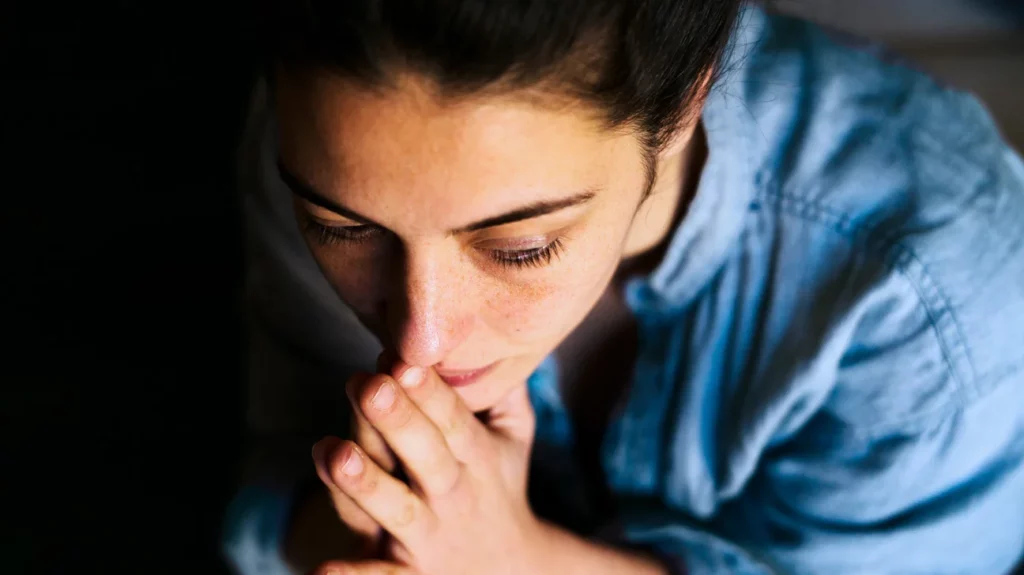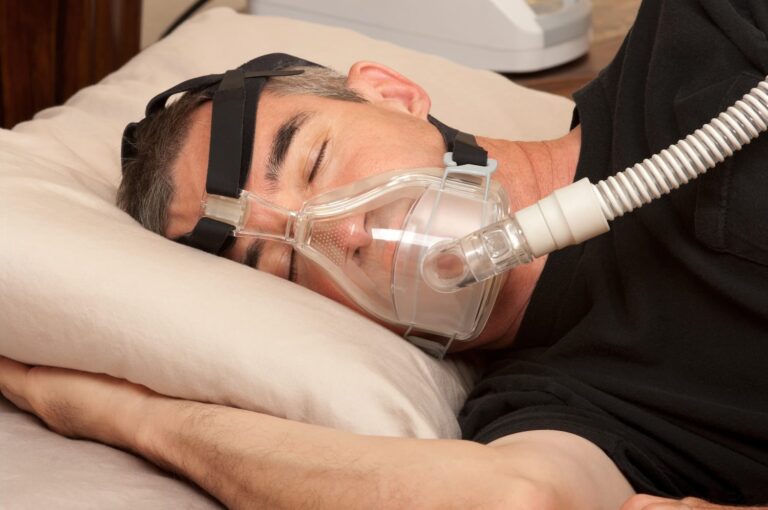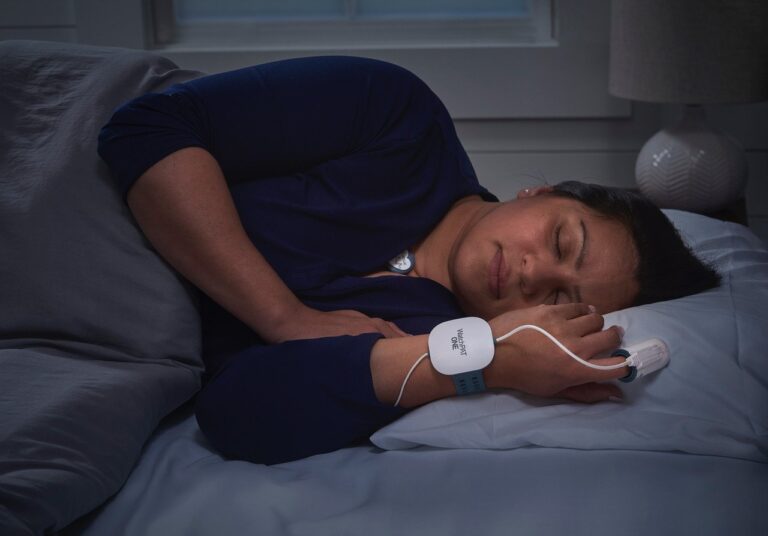Understanding Sleep Disorders
Sleep disorders affect millions of individuals worldwide, leading to significant impacts on overall health and quality of life. Conditions such as insomnia, sleep apnoea, and restless leg syndrome can disrupt nightly rest, causing fatigue and various health complications. Understanding these disorders is crucial for seeking appropriate treatment and improving sleep quality.
Sleep apnoea, for instance, is characterised by repeated interruptions in breathing during sleep. This can lead to fragmented sleep and decreased oxygen levels, which may result in serious health issues, including cardiovascular problems. Insomnia, on the other hand, involves difficulty falling or staying asleep, which can stem from stress, anxiety, or other underlying health conditions. The implications of these disorders extend beyond mere tiredness; they can affect cognitive function, emotional wellbeing, and even contribute to chronic illnesses such as diabetes and hypertension.
Common Symptoms of Sleep Disorders
Identifying the symptoms of sleep disorders is the first step towards effective treatment. Common signs include excessive daytime sleepiness, loud snoring, gasping for air during sleep, and difficulty concentrating during the day. Individuals may also experience mood swings, irritability, and a general lack of energy. Furthermore, the impact of sleep disorders can also manifest in physical symptoms such as headaches, dry mouth, and increased susceptibility to infections due to a weakened immune system.
Sleep testing Hobert is a crucial step in diagnosing and treating sleep disorders. With the right information and support, individuals in Hobart can navigate the process with confidence. Understanding the importance of sleep health and seeking appropriate testing can lead to improved quality of life and overall wellbeing.
It is essential to keep a sleep diary to track patterns and symptoms. This information can be invaluable when consulting with a healthcare professional, providing insights into the severity and frequency of sleep disturbances. Additionally, lifestyle factors such as diet, exercise, and screen time before bed can play a significant role in sleep quality. By noting these elements alongside sleep patterns, individuals can better understand their own habits and triggers, paving the way for more tailored and effective interventions. Engaging in relaxation techniques, such as mindfulness or yoga, may also prove beneficial in alleviating some symptoms associated with sleep disorders, fostering a more conducive environment for restful sleep.
The Importance of Sleep Testing
Sleep testing, or polysomnography, is a vital tool for diagnosing sleep disorders. This comprehensive evaluation records various physiological parameters during sleep, including brain activity, eye movement, heart rate, and breathing patterns. The results help healthcare providers determine the presence and type of sleep disorder.
In Hobart, sleep testing is available through specialised clinics and hospitals. These facilities are equipped with the latest technology to ensure accurate and reliable results. Understanding the process of sleep testing can alleviate any concerns and prepare individuals for what to expect.
Types of Sleep Tests
There are several types of sleep tests available, each designed to assess different aspects of sleep health. The most common type is the overnight polysomnography, which is conducted in a sleep lab. During this test, patients are monitored overnight to gather extensive data on their sleep patterns.
Another option is home sleep apnoea testing, which allows individuals to undergo testing in the comfort of their own homes. This method is often used for patients suspected of having obstructive sleep apnoea and involves wearing a portable monitoring device that tracks breathing and oxygen levels. Read more about oxygen at https://pubmed.ncbi.nlm.nih.gov/36162911/
Preparing for a Sleep Test
Preparation for a sleep test is crucial to ensure accurate results. Patients are typically advised to maintain their usual sleep schedule in the days leading up to the test. It is also important to avoid caffeine and alcohol, as these substances can interfere with sleep quality.
Individuals should wear comfortable clothing and bring any necessary items, such as medications or personal hygiene products, to the testing facility. For those undergoing home sleep testing, clear instructions will be provided on how to set up and use the monitoring equipment.
What to Expect During the Test
During an overnight sleep study, patients will be connected to various monitors that track their sleep patterns. This may include sensors placed on the scalp, face, chest, and limbs. While this may seem daunting, the process is non-invasive and designed to be as comfortable as possible.
For home sleep testing, individuals will be provided with a device that they will wear overnight. This device typically includes a nasal cannula or a finger clip to monitor breathing and oxygen levels. Instructions will be given on how to use the device effectively to ensure accurate data collection.

Interpreting Sleep Test Results
Once the sleep test is complete, the data collected will be analysed by a sleep specialist. The results will provide insights into sleep patterns and any abnormalities that may indicate a sleep disorder. Common findings include the presence of apnoea events, oxygen desaturation levels, and overall sleep architecture.
The interpretation of these results is critical in determining the appropriate course of action. Depending on the findings, treatment options may include lifestyle changes, continuous positive airway pressure (CPAP) therapy, or medication.
Follow-Up Consultations
After receiving the results, a follow-up consultation with a healthcare provider is essential. This meeting will discuss the findings in detail and explore potential treatment options. It is an opportunity for patients to ask questions and express any concerns regarding their sleep health.
In some cases, further testing may be required to gain a more comprehensive understanding of the individual’s sleep patterns. This could involve additional sleep studies or consultations with specialists in related fields, such as respiratory therapists or psychologists. Click here to find more about respiratory.
Potential Treatment Options
Treatment for sleep disorders varies based on the specific condition diagnosed. For obstructive sleep apnoea, CPAP therapy is a common and effective treatment. This involves using a machine that delivers a steady stream of air to keep the airways open during sleep.
For individuals with insomnia, cognitive behavioural therapy for insomnia (CBT-I) is often recommended. This therapeutic approach addresses the underlying thoughts and behaviours that contribute to sleep difficulties. In some cases, medication may also be prescribed to help manage symptoms.
Lifestyle Changes for Better Sleep
In addition to medical treatments, lifestyle changes can significantly improve sleep quality. Establishing a consistent sleep schedule, creating a relaxing bedtime routine, and optimising the sleep environment are all effective strategies. Reducing screen time before bed and engaging in regular physical activity can also promote better sleep.
Diet plays a crucial role in sleep health as well. Consuming a balanced diet rich in vitamins and minerals can support overall wellbeing and enhance sleep quality. Foods high in magnesium, such as nuts and leafy greens, are particularly beneficial for promoting relaxation and restful sleep.
Finding Sleep Testing Services in Hobart
For those seeking sleep testing services in Hobart, a variety of options are available. Local hospitals and specialised sleep clinics offer comprehensive testing and treatment services tailored to individual needs. It is advisable to research and choose a facility that is accredited and has experienced healthcare professionals.
Many clinics also provide online resources and consultations, making it easier for individuals to access information and support. It is essential to consult with a healthcare provider before proceeding with sleep testing to ensure the most appropriate course of action is taken.
Insurance and Costs
Understanding the costs associated with sleep testing is important for those considering this option. Many health insurance plans cover sleep studies, but it is advisable to check with the provider regarding specific coverage details. Some clinics may offer payment plans or financial assistance for those without insurance.
Costs can vary based on the type of test conducted, whether it is in-lab or at home, and the specific services provided. Being informed about potential expenses can help individuals make better decisions regarding their sleep health.
Conclusion
By addressing sleep issues proactively, individuals can take significant steps towards achieving restful and restorative sleep. Whether through lifestyle changes, medical treatments, or a combination of both, the journey towards better sleep begins with understanding and action.
Read more at: How a Home Sleep Study Hobart Transforms Your Diagnosis Experience


